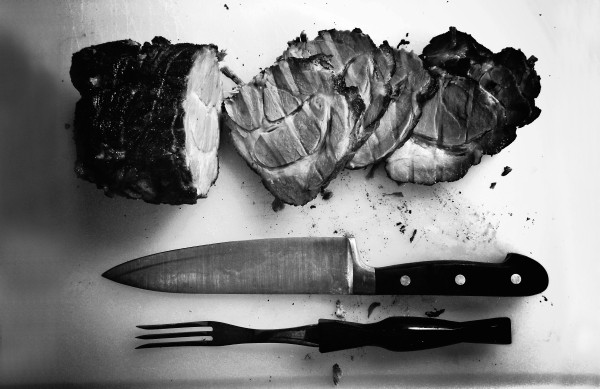Lifestyle Changes That Aren’t Hard to Digest

These days, it seems impossible to brunch. Each person has some sort of dietary restriction. Gluten-free, raw, paleo, and vegan — what do these words even mean?
Those who don’t eat gluten by choice are different than those with celiac disease, an autoimmune disorder in which eating gluten damages the small intestine. A gluten-free diet means food containing gluten, such as wheat, barley and rye, aren’t consumed. This means there shall be no breads, beer, or pasta.
So why would someone give up gluten by choice? According to David Perlmutter, a neurologist and founder of one of the gluten-free movement’s foundational texts, Grain Brain: The Surprising Truth About Wheat, Carbs and Sugar — Your Brain’s Silent Killers, gluten sensitivity “represents one of the greatest and most under-recognized health threats to humanity.”
Five years ago, Rochelle Fuller joined her partner Heather in becoming gluten-free.
“I dropped ten pounds and I saw a significant difference in my running performance,” she says. “I hit personal records the whole year.”
Many foods like fruits, veggies, meats, fish, poultry, unprocessed beans, and a majority of dairy products are naturally gluten-free. Grains like quinoa, rice, and cornmeal are gluten-free as well.
Another diet trend pushing its way into the world is the raw diet. One of the earliest raw dieters was Maximilian Oskar Bircher-Benner, a Swiss doctor in the 1870s who viewed raw food as “solar light energy.”
A raw foodist is someone who eats a majority of their meals uncooked and unprocessed. Once food is exposed to temperatures above 118 degrees, the natural enzymes that help balance and restore the immune system are destroyed.
A vegan is someone who stays away from all animal products like meats, eggs, cheese, and dairy.
Tyler Despres became a vegan a few months ago.
“I think the treatment of factory-farmed animals is intolerable and I don’t want to contribute to its success,” Tyler says. “I also know the healthy aspects of removing animal fats and cholesterol from my diet.”
The Paleo diet, also known as the “caveman” diet, is based on mimicking the food groups of our hunter-and-gatherer ancestors before agriculture was an option.
According to Dr. Cordain, the world’s leading expert on Paleolithic diets, this means eating more protein (19–35 percent instead of the average 15 percent) through meat, seafood, and other animal products. It also means taking in fewer carbs and more fiber through non-starchy fruits and vegetables. Essentially, those eating a Paleo diet eat unprocessed, natural foods from the plant and animal world.
After being sick for almost a decade, Jami Fynboh, co-owner of Denver’s mmm…COFFEE! Paleo Bistro, said she changed her diet and has been healthy since.
“I picked up some Paleo books and read them all in one night,” Jami says. She’d been going to doctors for years with no cure. “It’s like the lights went on. Everything made sense. It was a game changer. I was housebound for 13 years before Paleo and now I run a decent restaurant, cook, talk to people, and I’m really active.”
So there you go. If you’re searching for common ground within all these health trends, don’t fret — most restaurants and grocery stores already cater to every one of them. Brunch away my gluten-free, raw, vegan, and Paleo friends. Besides, mimosas are one thing all the diets are on board with.




